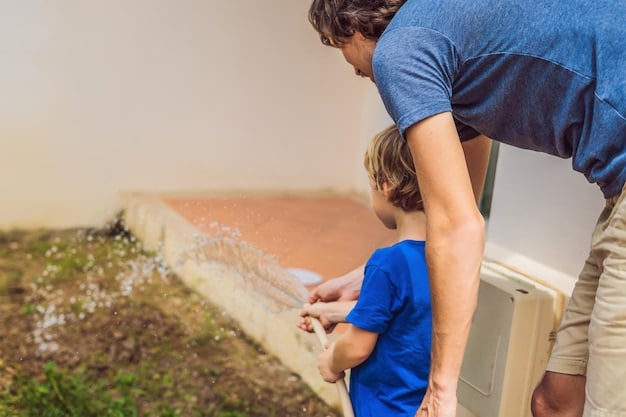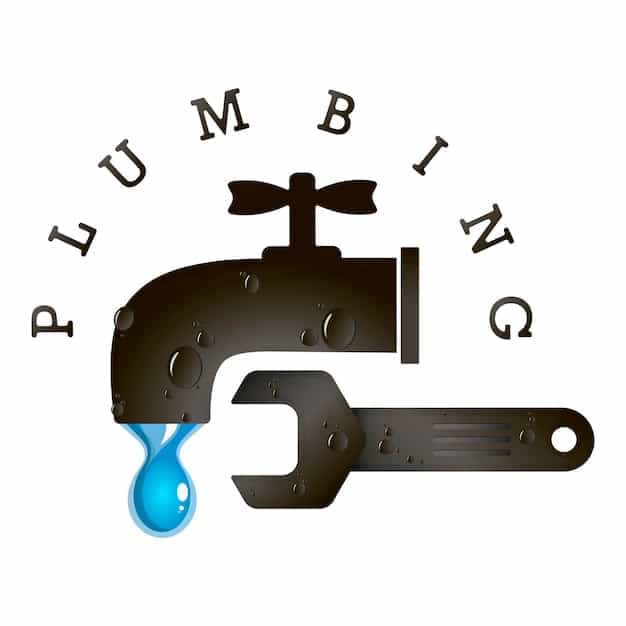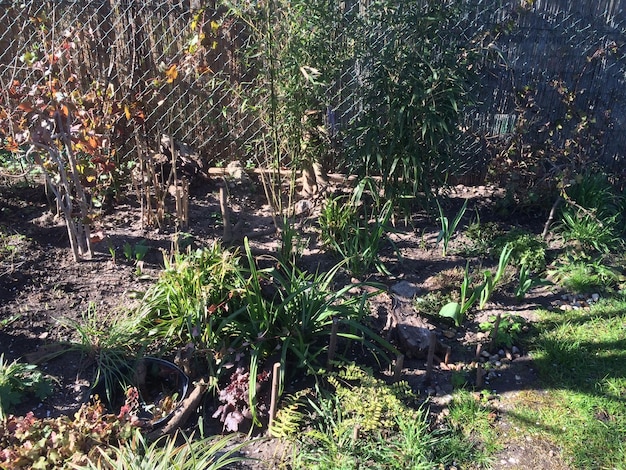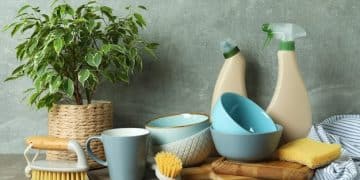Water Conservation Tips: Slash Your Bill by 30%

Water conservation tips are essential for reducing your water bill by up to 30% by implementing simple strategies such as fixing leaks, using water-efficient appliances, and modifying daily habits.
Are you tired of seeing high numbers on your water bill? Implementing water conservation tips can significantly reduce your expenses, potentially cutting your bill by up to 30%. It’s not just about saving money; it’s also about adopting sustainable practices that benefit the environment.
Easy Water Conservation Tips to Reduce Your Water Bill
Water conservation doesn’t have to be complicated. By making a few small adjustments to your daily routine and investing in water-efficient appliances, you can make a big difference in your water consumption and, consequently, your water bill.
Let’s explore some simple yet effective ways to conserve water at home.
Check and Fix Leaks
Even small leaks can waste significant amounts of water over time. Regularly inspect your faucets, toilets, and pipes for any signs of leaks.
Install Water-Efficient Showerheads
Switching to a low-flow showerhead can reduce your water usage during showers without sacrificing water pressure.
- Install low-flow showerheads that use less than 2.5 gallons per minute (GPM).
- Regularly check and repair any leaks in showerheads or faucets.
- Consider taking shorter showers to further reduce water consumption.
Fixing leaks and upgrading to water-efficient showerheads can lead to substantial savings on your water bill, while also promoting sustainability.

Optimize Water Usage in Your Bathroom
The bathroom is one of the biggest water consumers in most households. By implementing a few smart strategies, you can significantly reduce water usage in this area.
Here are some key areas to focus on within the bathroom:
Install a Dual-Flush Toilet
Dual-flush toilets allow you to use less water for liquid waste, conserving water with every flush.
Turn Off the Tap While Brushing Your Teeth
This simple habit can save gallons of water each day. Only turn on the tap when you need to rinse.
- Install low-flow faucets or faucet aerators to reduce water flow.
- Consider collecting excess water while waiting for it to heat up for other uses like watering plants.
- Educate household members about the importance of conserving water in the bathroom.
By implementing these bathroom strategies, you can significantly lower your water consumption and contribute to water conservation efforts.
Efficient Laundry and Dishwashing Practices
Laundry and dishwashing are essential household tasks, but they can also consume a lot of water. By adopting efficient practices, you can minimize water usage without compromising cleanliness.
Consider the following tips to make laundry and dishwashing more water-efficient:
Run Full Loads
Ensure you are running full loads of laundry and dishes before starting the machines. This maximizes the efficiency of each cycle.
Use Water-Efficient Appliances
Look for washing machines and dishwashers with high water efficiency ratings to reduce water usage per cycle.
Running full loads and using water-efficient appliances can significantly reduce water consumption during laundry and dishwashing, contributing to overall water conservation.
Landscaping for Water Conservation
Your yard can be a significant water user, especially during dry seasons. By implementing water-wise landscaping practices, you can reduce outdoor water consumption while maintaining an attractive outdoor space.
Let’s explore some ways to landscape for water conservation:
Choose Native Plants
Native plants are adapted to the local climate and require less watering. Opt for drought-resistant varieties that thrive in your region.
Use Mulch
Mulch helps retain moisture in the soil, reducing the need for frequent watering.

- Group plants with similar watering needs together.
- Use a rain barrel to collect rainwater for irrigation.
- Consider installing a drip irrigation system for targeted watering.
Landscaping for water conservation not only saves water but also creates a sustainable and beautiful outdoor environment that requires less maintenance.
Monitor Your Water Usage
Tracking your water usage is an essential step in identifying areas where you can improve. By monitoring your consumption, you can gain insights into your water habits and make informed decisions to reduce waste.
Here are some strategies for monitoring your water usage effectively:
Read Your Water Meter
Take regular readings of your water meter to track your consumption over time. Note any unusual spikes that may indicate leaks.
Use a Water Audit Tool
Many water companies offer audit tools or apps that help you estimate your water usage and identify potential savings.
Regularly monitoring your water usage is key to identifying and addressing areas needing improvement, paving the way for more water-efficient practices.
Educate and Engage Your Household
Water conservation is a team effort. Educating your household members about the importance of water conservation and engaging them in the process can lead to significant reductions in water consumption.
Here are some ways to educate and engage your household:
Share Water-Saving Tips
Discuss water-saving tips and strategies with your family. Make sure everyone understands the importance of conserving water.
Make It a Game
Turn water conservation into a fun challenge by setting goals and rewarding achievements. This can motivate everyone to participate.
- Encourage family members to report any leaks or water wastage promptly.
- Create a checklist of water-saving practices and track progress.
- Celebrate successes and milestones in water conservation efforts.
By educating and engaging your household, you can create a culture of water conservation that benefits everyone in your home and community.
| Key Point | Brief Description |
|---|---|
| 💧 Fix Leaks | Repair dripping faucets and toilets to save water. |
| 🚿 Efficient Showerheads | Install low-flow showerheads to reduce water usage. |
| 🧺 Full Loads | Run washing machines and dishwashers only when full. |
| 🌱 Native Plants | Use native plants in landscaping to save water. |
FAQ – Water Conservation Tips
▼
Check for leaks at least once a month. Look for dripping faucets, running toilets, and damp spots around pipes. Early detection can prevent significant water wastage and lower your bill.
▼
Native plants are adapted to the local climate, reducing the need for watering and fertilizers. They also support local wildlife, promote biodiversity, and are generally easier to maintain.
▼
Install a low-flow showerhead, take shorter showers, and turn off the water while soaping up or shampooing. These simple changes can save a significant amount of water over time.
▼
Yes, water-efficient appliances can save a considerable amount of water and energy. While the initial cost may be higher, long-term savings on water and energy bills make them a worthwhile investment.
▼
Make water conservation a family effort by sharing tips, setting goals, and tracking progress together. Create fun challenges and reward achievements to keep everyone motivated and engaged in saving water.
Conclusion
By implementing these water conservation tips, you can significantly reduce your water bill and contribute to a more sustainable environment. Small changes in your daily habits and smart investments in water-efficient appliances can add up to big savings and a greener future.





